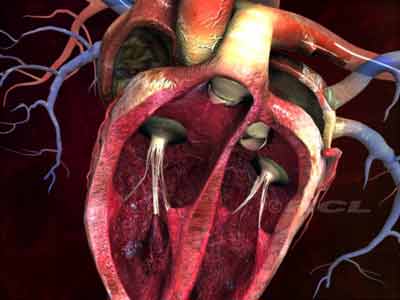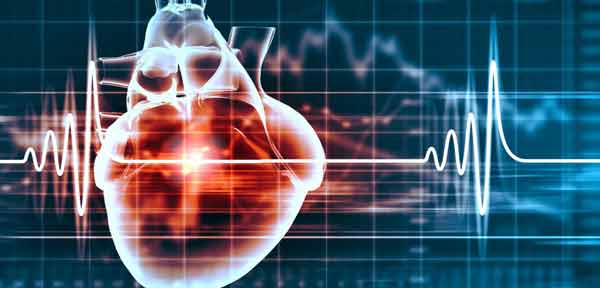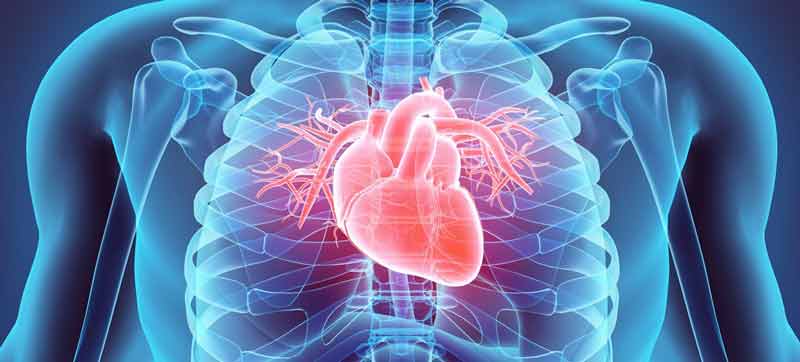 01. A woman’s heart typically beats faster than a man’s. The heart of an average man beats approximately 70 times a minute, whereas the average woman has a heart rate of 78 beats per minute.
01. A woman’s heart typically beats faster than a man’s. The heart of an average man beats approximately 70 times a minute, whereas the average woman has a heart rate of 78 beats per minute.
02. Blood is actually a tissue. When the body is at rest, it takes only six seconds for the blood to go from the heart to the lungs and back, only eight seconds for it to go the brain and back, and only 16 seconds for it to reach the toes and travel all the way back to the heart.
03. Physician Erasistratus of Chios (304-250 B.C.) was the first to discover that the heart functioned as a natural pump.
 04. In his text De Humani Corporis Fabrica Libri Septem, the father of modern anatomy, Andreas Vesalius (1514-1564), argued that the blood seeped from one ventricle to another through mysterious pores.
04. In his text De Humani Corporis Fabrica Libri Septem, the father of modern anatomy, Andreas Vesalius (1514-1564), argued that the blood seeped from one ventricle to another through mysterious pores.
05. Galen argued that the heart constantly produced blood. However, William Harvey’s (1578-1657) discovery of the circulation system in 1616 revealed that there was a finite amount of blood in the body and that it circulated in one direction.
 06.Prolonged snoring can enlarge the heart
06.Prolonged snoring can enlarge the heart
07. Some heavy snorers may have a condition called obtrusive sleep apnea (OSA), which can negatively affect the heart.
08. The right atrium holds about 3.5 tablespoons of blood. The right ventricle holds slightly more than a quarter cup of blood. The left atrium holds the same amount of blood as the right, but its walls are three times thicker.
 09. Grab a tennis ball and squeeze it tightly: that’s how hard the beating heart works to pump blood.
09. Grab a tennis ball and squeeze it tightly: that’s how hard the beating heart works to pump blood.
10. In 1903, physiologist Willem Einthoven (1860-1927) invented the electrocardiograph, which measures electric current in the heart.
11.A large-buxomed female patient prompted a physician to invent the stethoscope
 12. An anonymous contributor to the Hippocratic Collection (or Canon) believed vessel valves kept impurities out of the heart, since the intelligence of man was believed to lie in the left cavity.
12. An anonymous contributor to the Hippocratic Collection (or Canon) believed vessel valves kept impurities out of the heart, since the intelligence of man was believed to lie in the left cavity.
13. Plato theorized that reasoning originated with the brain, but that passions originated in the “fiery” heart.
14. The human heart is not on the left-hand side of the body; it’s in the middle.

















